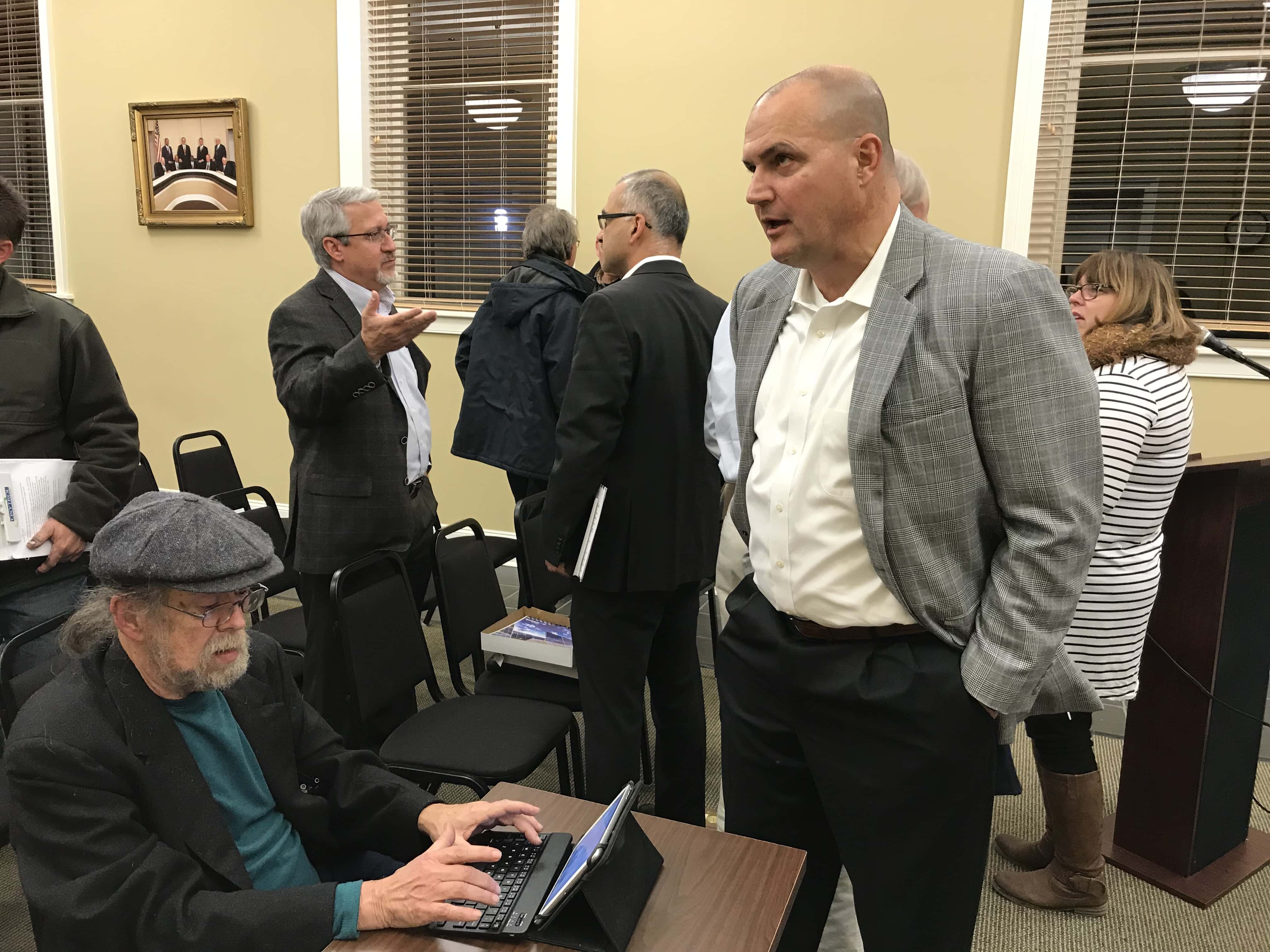Solar Sprawl?
For nearly a decade, my business partner and I have devoted our hearts and considerable time to developing a sustainable solar energy market in Virginia. However, the local permitting process poses a significant risk to the long-term viability of the market. In this companion piece to the previous blog post on our successful permitting experience in Orange County, Virginia, we offer our perspectives on local permitting and the concerns typically raised by local communities. We hope we can help steer these processes towards solutions that enable solar developers and communities to effectively work together to best address the objectives and concerns of all parties.
Over the last few months, we’ve read several stories detailing concerns about the proliferation of utility-scale solar. One county commissioner said to me, “Francis, I’m very concerned that my district will be overrun by solar farms. A local paper recently ran an editorial on solar sprawl.” We’ve met with other local officials who have said similar things.
Capacity Calms Concerns
Given that the latest utility-scale solar farms have footprints ranging from hundreds of acres to a thousand acres, we understand the concern. However, the reality is that where these projects are located—in rural Virginia, on low-cost land—the electrical system places a natural cap on the total amount of solar capacity. That’s because the transmission lines can only handle so much input. The infrastructure limits the amount of additional solar generation that can be installed. According to best estimates, solar would take up less than 1% of the land. The most aggressive build-out of solar in the Dominion utility’s long-term plan would require even less space—a mere half percent of all of the designated agricultural land in the state of Virginia.
The federal government pays farms to take land out of agricultural production and many farms over the last three to four decades have been planted for timber – timber provides for significantly less work and less risk from weather such as drought and hail. Hence, we suggest that we’re tapping into an underutilized resource. Additionally, many landowners have told us that the income from solar installations will help them keep the family farm for at least one more generation. Their alternative is to sell, which often leads to uses that are much more disruptive to the community.
In addition to providing economic benefits and county revenue streams, large-scale solar farms protect public health, safety, and the welfare of local citizens. For example, solar farms make passive use of the land, protecting it from significant impacts. Through a combination of site selection, setbacks, and buffers, we’re also good neighbors who will help maintain the rural nature of the community. Finally, solar farms don’t generate noise, glare, vibration, or other nuisances.
Solar is a Good Neighbor
We know that being a good neighbor is critical to the success of solar. That’s why we always work closely with local communities in a variety of ways. Here’s what our process looks like:
- Start talking with local government officials. Initiate these discussions early and provide local governments with the best possible information about the technology involved, the impacts on the land, effective setbacks and vegetative buffers, and decommissioning. While we’ve put hundreds of staff hours into what we believe to be an effective presentation, we always remind ourselves in every local meeting that we’re there to understand the community better.
- Meet individually with local supervisors, commissioners, and planning directors. We try to sit down on a one-on-one basis away from public hearings to truly understand and address their concerns.
- Engage the community. Many local businesses will benefit from an investment of $50 to 100 million or more in a solar farm. This investment can funnel tens of millions of labor dollars and additional spending into the local community. Through participation with the local chambers of commerce, we educate local businesses about the project and the benefits these projects can bring to the local economy. We’ve even had a business owner start a petition supporting our project that generated 500 signatures from residents.
- Provide realistic forecasts for future development. We also commission studies of the local transmission system’s capacity to host solar farms and identify likely sites for them. The studies enable us to provide as accurate a picture as possible of the potential for solar farms in the area.
- Assist with planning. We delve into local land use ordinances and the county’s comprehensive plans to understand their goals, objectives, and rules. We spend time making sure that we communicate based on their perspectives.
- Communicate clearly. We take the time to craft well-written permit applications and supporting documents and to communicate them effectively.
We’re always excited to tell the story of our projects in public hearings. We start by seeking to understand and respect each community’s qualities. We seek to preserve the community’s unique character. Through effective due diligence and a commitment to excellence, SolUnesco engages the local community to the best of our abilities.
_______________________________________
By: Francis Hodsoll
Francis Hodsoll is SolUnesco’s CEO and Co-Founder. Francis also serves as Board and Membership Chair for the VA-Renewable Energy Alliance and is the Founder and a Board Member of the South-Central Virginia Small Business Alliance.
Published: January 29th, 2018
Edited: June 18th, 2025
To preserve integrity of original posting but also to ensure there are no “dead” links in the blog, some links and article information may be mismatched. Information and data presented is reflective of the original posting date, even if links are not.


Very well written Francis. I hope I am still able to help you guys. Best Regards, Randy Vann
Hi Randy, thank you for the complement – teamwork on our end. We very much appreciate all the support from you and your family. Best Francis